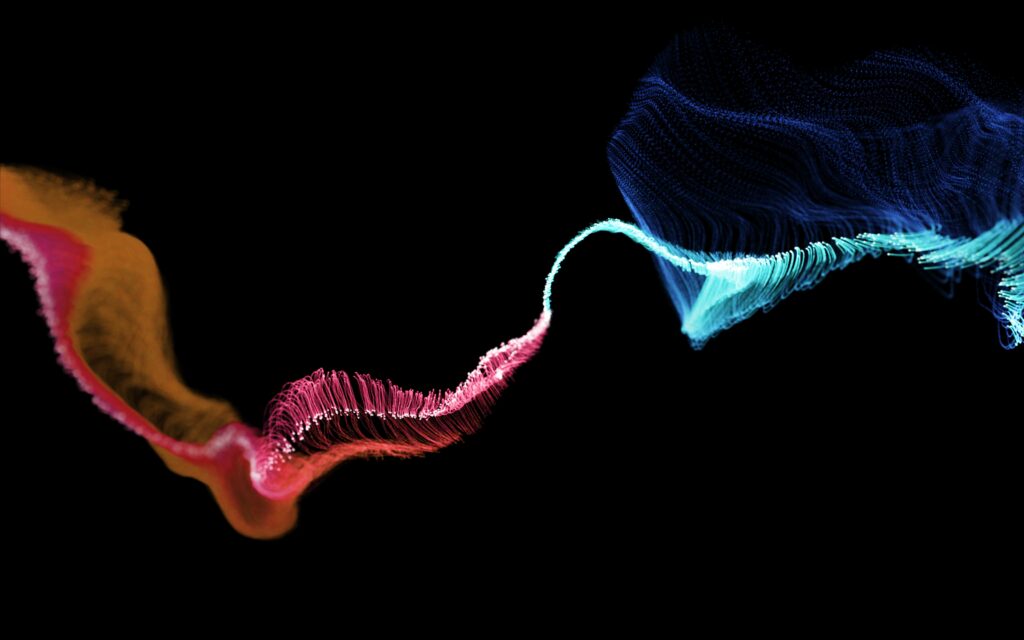
When I say “Particle Size,” you say “Analysis.”
When I say “Particle Size,” you say _________.
Who says we can’t have fun with particle size analysis methods? I know BHS-Sonthofen’s latest A&SoF newsletter has some interesting reads on the topic. Focusing on particle size and shape and their impacts on solid-liquid separation, we share some current industry insights on the topic.
Drawing on resources from Mettler-Toledo and Micromeritics, we hope to prompt your thinking on different ways of approaching particle analysis. The permutations are endless of course as process engineers must address off-line and in-processes and how the particle size and shape impacts the filtration system designed to handle the specific solids.
Mettler-Toledo examines scientists combining offline particle size analyzers with in-process particle characterization instruments to optimize and improve processes. Their white paper illustrates how this can help:
- Obtain detailed process understanding by directly measuring changes to particle size and count as process parameters vary
- Determine operating conditions required to deliver fit-for-purpose particles on a consistent basis
- Monitor and correct process deviations during continuous or batch production
- Avoid time delays and errors associated with sampling, preparation and offline analysis
Micromeritics, meanwhile, reminds us of the challenges of equivalent particle analysis with irregularly shaped particles and different measurement techniques. They note:
“Understanding what each particle size technique actually measures, how it performs the measurement, and how it transforms the quantity measured into equivalent spherical diameters are crucial when selecting the most appropriate particle sizing technique for your sample or application.”
Of course, I can’t help but mention my own discussion of particle size analysis methods in chapter 6 of my Guide to Solid-Liquid Filtration. In keeping with my Sherlock Holmes-ian bent, I illustrate how the systems approach to process filtration and “not jumping to conclusions” should be the guiding principles when we troubleshoot issues of particle size distribution (PSD) changing from pilot to production scale and even during the production operation.
Want to learn more about how the Charlotte office of BHS sleuths out particle size solutions? Reach out and let me know. But when I holler, “particle size,” expect me to be waiting for you to come right back with “analysis!”

